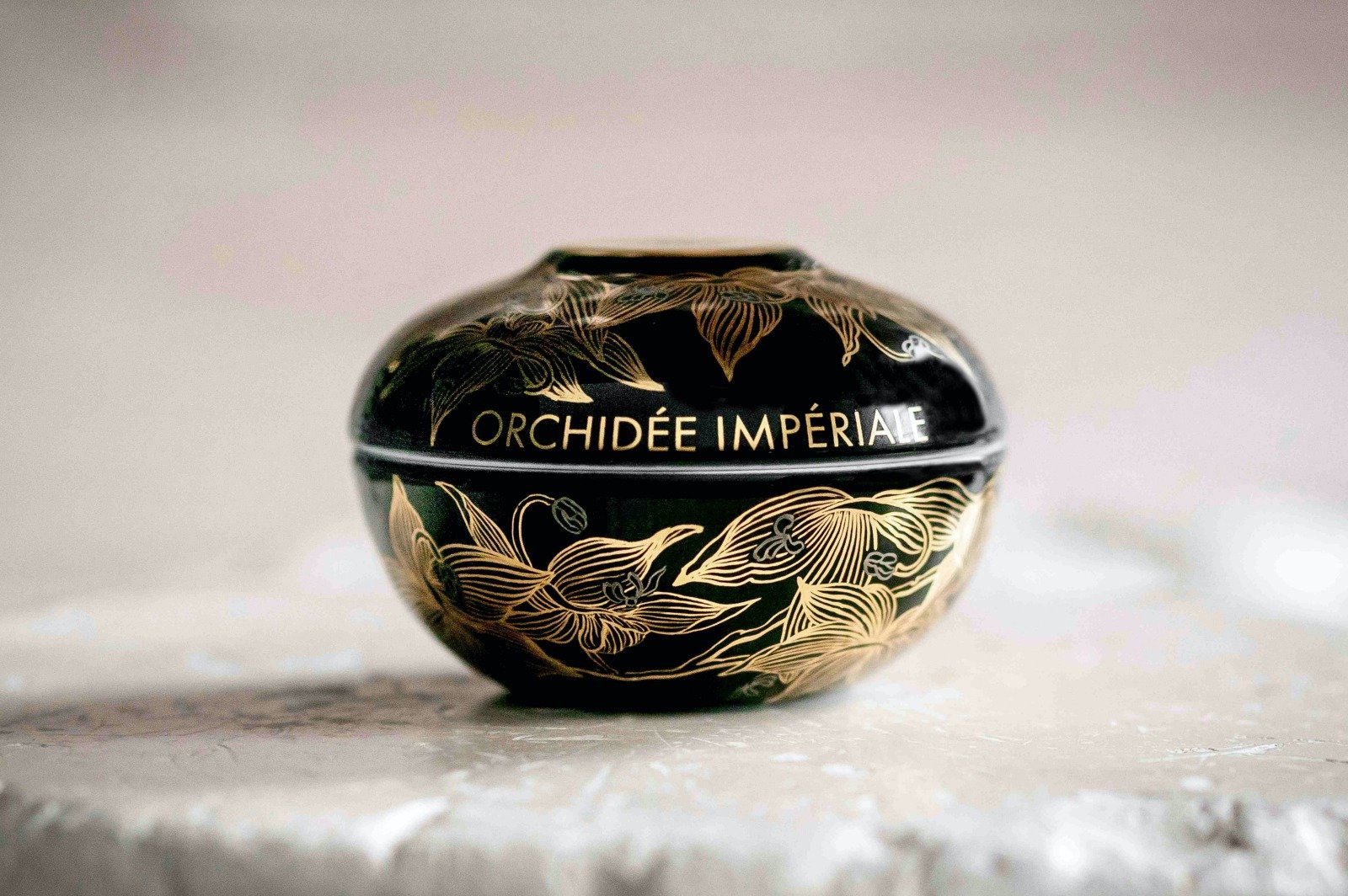Secrets of the Orchid

The “practically immortal” black orchid of the Peruvian Andes has been identified as a cornerstone in the quest for longevity.

The Moyobamba cradle in the San Martín region in north-east Peru, is known for one thing above all: thousands of orchid species.
It is here that Karol Villena Bendezú and Milton Villena run their successful family business, Orquideas Amazonicas, a grower and exporter of orchids, bromeliads, ferns, aroids and other Peruvian species. Karol, a trained biologist, and Milton, an industrial engineer, are known worldwide for their green fingers. Karol took on the business from her parents who began it about four decades ago.
In recent years they have been cultivating a particular orchid in abundance: the cycnoches cooperi, otherwise known as the black orchid, first discovered by English botanist Robert Allen Rolfe in Peru in 1913. More bronze-brown than black, with elegant, swan-necked petals, the orchid is known for its symbiotic relationship with the environment to ensure its survival regardless of conditions. Recently, the Villenas have built an extra three large greenhouses solely to cultivate this orchid.
The interest in the cycnoches cooperi has been driven by a prestigious customer; five years ago, the Villenas were contacted by Guerlain, the 190-year-old French beauty brand owned by the LVMH group. “Karol is truly the queen of the orchids. Not only is she a passionate and humble horticulturalist, she’s a real girl boss,” says Cécile Lochard, Guerlain’s chief sustainability officer, speaking in Limoges, France.

Guerlain had been seeking the right person to grow such an orchid in large quantities when it came across Karol. It financed the greenhouses to grow the orchids, which only flowers two weeks annually, as well as setting up a reforestation programme in the vicinity. But why go to this trouble for a flower?
About two decades ago, Guerlain scientists realised there was something special about an orchid’s properties that could be translated into anti-ageing skincare. “The orchid is the queen of the plant kingdom,” says Cécile Koenig, international skincare marketing director at Guerlain. “So, we created the Guerlain Orchidarium, the first research centre dedicated to orchids and their secrets of longevity.”
The Orchidarium has two locations, Geneva, Switzerland, where a 600-square-metre greenhouse overflows with over 3,000 species of wonderful orchids, juxtaposed with a research laboratory headed by Quentin Favre-Godal, which analyses phytochemical properties of orchids to isolate longevity molecules. This work has had seven patents and been the subject of three theses.

The other part of the equation is in Yunnan, China, the Tianzi nature reserve: one of the world’s biodiversity hotspots. Managed by Minguo Li-Margraf, she studies and protects orchids over more than 400 hectares on behalf of Guerlain, who have also spearheaded a reforestation project in the vicinity.
A few years ago, François Gérard, an ethnobiologist who leads the experimental garden at the Geneva Orchidarium greenhouse, realised there was something special in particular about the black orchid, which can live over a century. He began to see similarities between the orchid’s natural defences and those of the skin.
“The black orchid grows in a very specific environment along the Andes Mountains, between 500-600 and 1,300m above sea level. Its biology is astonishing; it makes both male and female flowers. It is a champion survivor, with a wide diversity within the species to adapt, which suggests the flower contains highly advanced active ingredients,” he says.

After they bloom, Guerlain receives the flowers and leaves carefully dehydrated and packaged from Karol. It uses them in its newest product, the Orchidée Impériale Black, a face cream it calls “the ultimate talisman of youth”, presented in a refillable jar crafted by heritage French porcelain maker Bernardaud. In a survey of 60 women, after one month, 100 percent said their skin looked younger.
But the power of the orchid for human longevity is not new. Professor Eric Marié is a Chinese medicine specialist who says records pertaining to the orchid’s power date back centuries. “If we take the example of the shihu [orchid], a combination of several dendrobiums, we find the first traces of this substance already in medical materials, including the Shennong Bencaojing (The Divine Farmer’s Materia Medica), which dates from the middle of the Han period [206BC –220AD].”

He adds that in Chinese medicine, all parts of the orchids are used, whether the root, leaf, bark or petal, for different ailments: ranging from calming the liver, stopping spasms, to vascular actions and addressing dehydration. In particular, the orchid was recommended for use over time to support the longevity of the organs, he says.
“These plants have a great past, which makes it possible for them to have a great development in the future.”
This article originally appeared in Billionaire's Healing Issue. To subscribe contact









